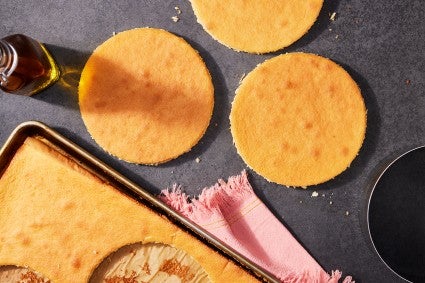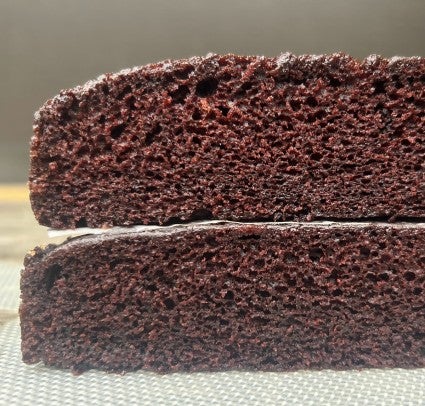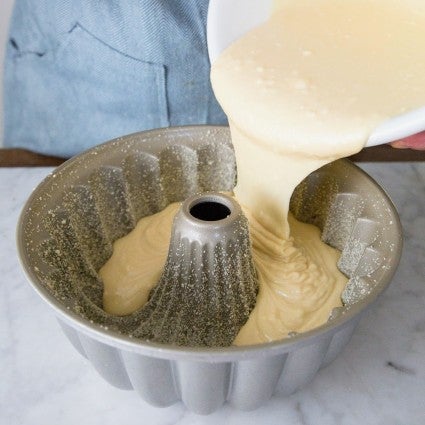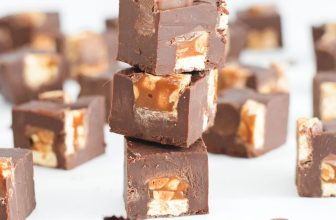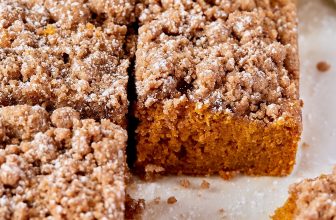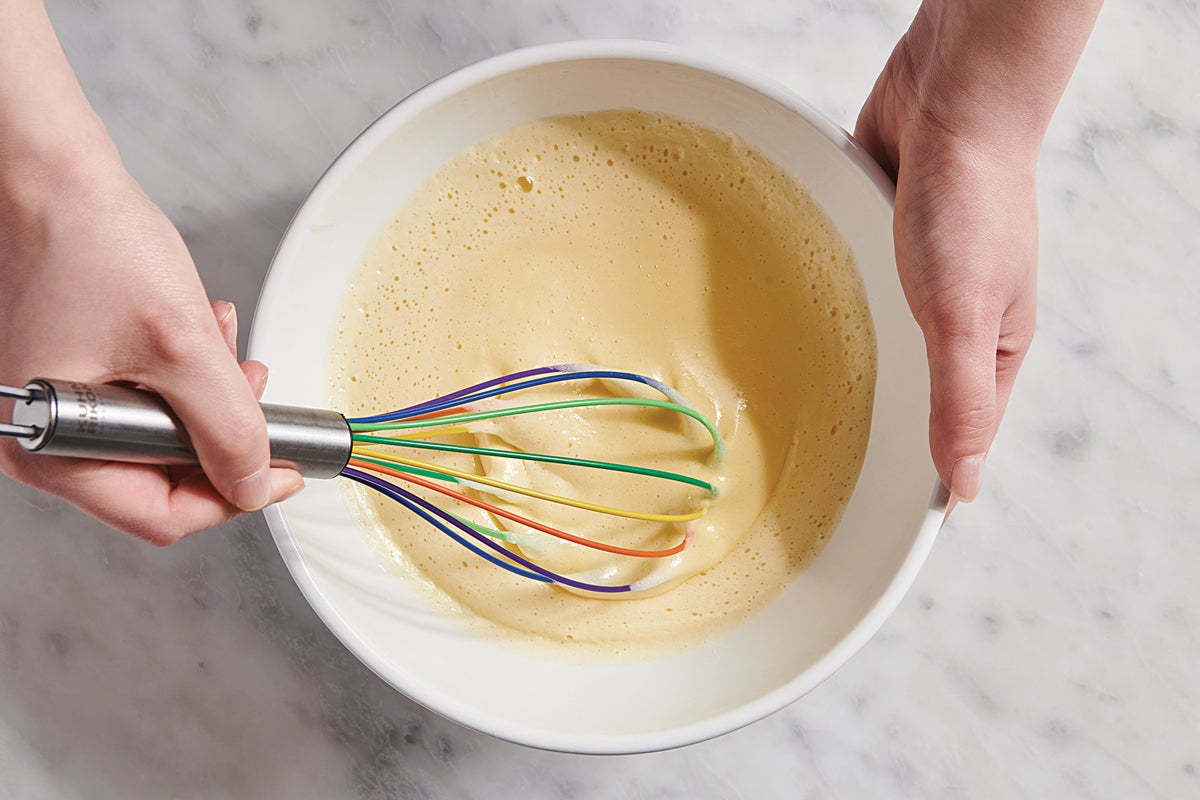
Baking cake is a fairly straightforward process: Mix your batter, pour it into pan(s), and bake.
But what happens if you need to pause between mixing the batter and getting it into the oven? Maybe you only have one pan, and the recipe calls for two or three, so you need to space out your baking. Or your countertop oven only holds one pan at a time. Or maybe you simply want to ease a tight schedule by mixing now, baking later. So how long can you wait to bake that cake batter?
My goal was to determine the optimum time window for getting cake batter into the oven. Does it perform as well (rise, brown, hold its moisture) after resting for a while? And if so, how long is that window? Let’s find out.
The test: Does the type of cake recipe matter?
Leavening is the key factor in how well a cake rises. And in the case of cakes made with baking powder or baking soda, it’s also important for browning. I chose three types of cake to test, featuring three different preparation methods and three types of leavening.
- Lemon Bliss Cake: A classic butter cake made using the creaming method (beating butter and sugar together until fluffy). Leavening: baking powder.
- Chiffon Cake: A riff on sponge cake, including oil for added moistness. Leavening: beaten egg whites and baking powder.
- Cake Pan Cake: A simple oil-based “dump cake”: Put everything into a bowl and stir until smooth. Leavening: baking soda.
The test: How long can batter rest before baking?
I divided the batter for each of the three cakes into four portions, baking each portion in a 6“ round pan, with resting time for the batter as follows:
- Baked immediately (the control)
- Left at room temperature, baked after 1 hour
- Refrigerated, baked after 3 hours
- Refrigerated, baked after 10 hours (overnight)
In cases where the batter had been refrigerated, I let it rest at room temperature while preheating the oven (about 20 minutes).
The results: Short to medium rests (1 to 3 hours) work fine
I was happily surprised: Cake batter of all types that rested for up to several hours before baking produced cake equal in quality to batter that was baked immediately after mixing.
So go ahead: Deal with a family issue, juggle pans and ovens, or simply ease a hectic schedule by mixing up your cake batter now and baking it later.
Just not 10 hours later.
The results: A longer rest produces shorter, denser cake
All three cakes registered a notable drop-off in height when the batter rested in the fridge for 10 hours before baking. In the case of the Lemon Bliss and Cake Pan cakes, the layers were about 15% shorter. The Chiffon Cake lost about 25% of its height. None of the cakes was an abject failure; they were simply denser than they should have been.
What happens as cake batter rests?
Once baking soda and baking powder are mixed into cake batter, these dry powders begin to react; the longer you let the batter rest, the weaker the leaveners become. And the weaker they are, the lower-rising and denser your cake will be — though you probably won’t notice a difference until longer than 3 hours has elapsed.
The type of leavener used makes a difference in your cake
This gradual reduction in height over time is especially evident in cakes leavened solely with baking soda. Baking soda starts to work as soon as it’s mixed with liquid in a batter; let the batter sit too long, and the soda will fizzle out before the cake is baked.
On the other hand, double-acting baking powder includes not just baking soda but another chemical compound, one that reacts first with liquid, then again with the heat from your oven; call it a one-two punch. So cake batter leavened with baking powder, or a combination of powder and soda, is more flexible, time-wise, than one that relies on soda alone.
Cake Pan Cake proved this rule: With baking soda as its sole leavener, it was less stable than the other two cakes and rose about 14% less when its batter rested for just 1 hour — at room temperature.
Thankfully, a second test revealed that refrigerating the batter instead of leaving it at room temperature resolves this issue: chilling the batter preserved the baking soda’s power. So if you’re baking a cake using baking soda alone, be sure to refrigerate the batter until you’re ready to bake.
Key takeaways: If you need to rest your batter before baking, remember this:
- The longer you let batter rest before baking, the lower the cake will rise. However, this reduction in rise over time happens so gradually that you’ll notice no difference in your cake at all when the batter rests for up to about 3 hours.
- Cakes that rely in part on beaten egg whites for their rise will show a more significant change than those using simply baking powder or baking soda.
- For best results, refrigerate cake batter if you’re going to let it rest longer than 1 hour before baking. If the cake is leavened solely with baking soda, refrigerate the batter immediately.
- Even cake batter that’s rested overnight in the refrigerator will produce decent cake; it’ll simply be a bit shorter and denser.
Another reason your cake might be dense? You’ve taken it out of the oven too soon. Follow our checklist for success in How to tell when cake is done.
Cover photo by Danielle Sykes; food styling by Liz Neily.

